Communities in Marketing

This blog post is a recap based on a talk I gave in Fraktio's Perjantaipresis in February 2018. You can watch the recording here.
Communities are fantastic, I love them. We have had communities for as long as humans has been in existence but in the past few years, it has become a buzz word. With the Internet and tools like Facebook, Twitter, Discord and Slack providing access to everyone globally, it’s no wonder these communities have started to pop up.
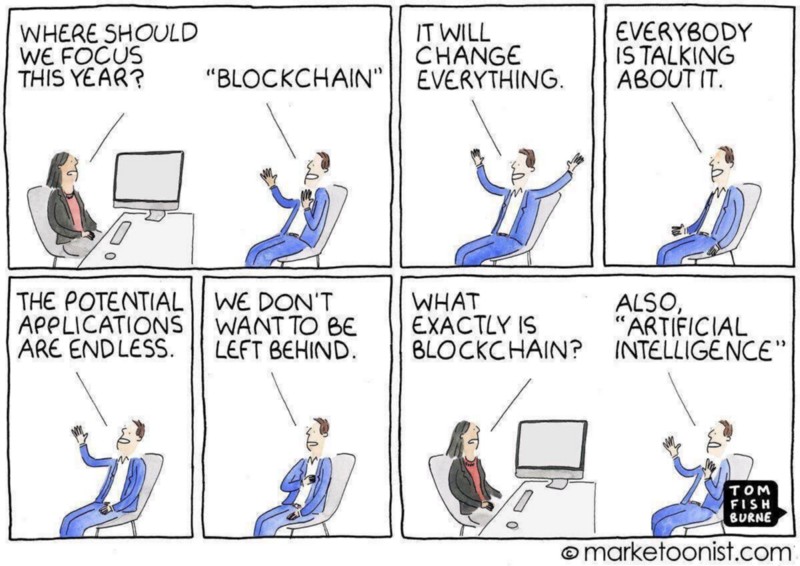
Many companies still treat communities as something they’d like to have (bit like AI and blockchain) but are not really willing to dedicate resources towards it. It just falls into someone’s lap to do in addition to their regular job. I wanted to showcase a couple of examples of how you can use communities to promote your business.
These five case stories are based on my experiences — either as the one building the community or as the one being a member of the community. You can mix-and-match many of the features in these cases when building yours.
Communities are a long-term marketing strategy. You can’t expect results in mere weeks. But once you have a thriving community up and running, you can be sure people will tell their friends about the experience and return back to your product/service time after time.
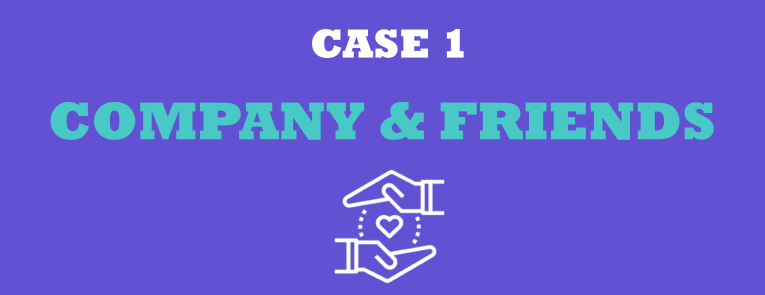
Company & Friends is a strategy for building a community for your super-users (and making many people feel like one).
In Company & Friends, you start a Facebook group or Slack workspace or a physical regular gathering that is invite-only. Then you invite your innovators and early adopters and make them feel special.
What should you do?
- Provide early access to your product/service and news about it
- Hear their opinion (for example, you can do polls to ask what they would prefer)
- Encourage them to share their experiences with each other
- Offer help for their issues
What do you get?
- Direct connection to people who love your product/service
- (Usually very) honest feedback loop
- An opportunity to prove your customer care is top-notch by solving problems in a semi-public venue
- People who talk about your product with each other
- People who want to invite their friends into the exclusive group
Extra reading
Do things that don’t scale by Paul Graham
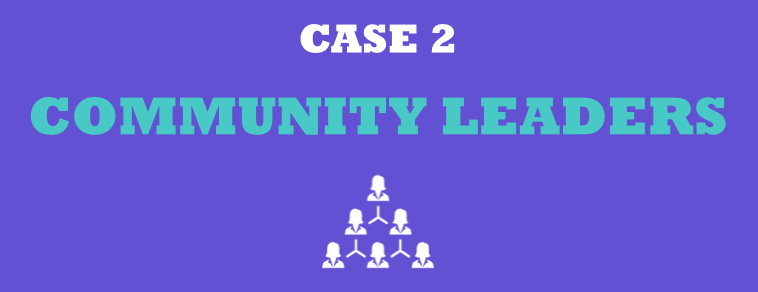
Community Leaders is a way to engage your community members in being a more active member and helping you run your community. You can call them Moderators, Hosts, Leaders, Ambassadors, or use a branded name for people who have special status in your community.
What should you do?
- Select the most active and friendly people in your community and give them a status
- Offer extra perks like company swag, free access to paid product, connections in the industry, mentoring
- Give people ownership over the community
What do you get?
- Helping hands in running the community
- New ideas and initiatives
- Potential recruits from people who are already engaged in your community
Extra reading
We Support A Slack Community of 4,000 By Creating Leaders, Here’s How by Arielle Tannenbaum
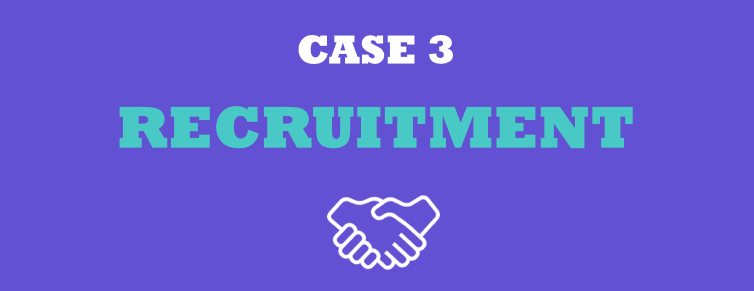
Not all companies have products to build a community around. If you’re working in a field where it’s difficult to find talented people, you can use community as a Recruitment funnel. Build a community of professionals (including your current employees!) and let them know that you’re the best place to work at.
What should you do?
- Organize events: hackathons, workshops, conferences, board game nights, movie premieres — the sky is the limit: impress people
- Genuinely offer knowledge and experiences to people: help them become better and help connect them with people in the industry
- Focus on creating a great experience for employees: provide tools they need, give them autonomy and hear their opinion
- Build relationships with people way before you are about to hire them
What do you get?
- Goodwill and PR amongst the potential recruits
- Less employee churn: no reason to leave a place that is good for them
- People talking to their friends about your company
Extra reading
Finding Great Developers by Joel Spolsky
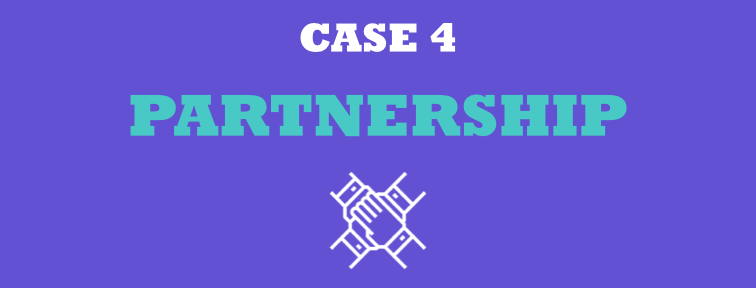
You might want to be active in building a community but don’t really have resources for a full-time community. Partnerships with existing communities are the way to go. Professional communities, developer meetups and all sorts of conferences are out there for you to collaborate with.
What should you do?
- Host meetups, sponsor events, provide speakers
- Let the existing community do the heavy lifting and in return, make their life easier with your contributions
What do you get?
- Access to people relevant to your community
- Exchange of services: money/expertise for exposure to community members
Extra reading
How to build a kickass developer community by me

Communities don’t happen on their own without putting in resources. You can’t start a Slack workspace and expect the community to thrive. The exception to the rule are Natural Communities. They are built when people care about your product enough that they want to talk with like-minded people.
This is especially strong in gaming communities: people start Facebook groups and Discord/IRC servers just to share their experiences and tips for becoming better players and finding people to play with.
What should you do?
- Let them maintain the ownership of the community
- Tell them you are there to help if needed
- Offer freebies or specials to the people running those communities
- Embrace, don’t conquer
What do you get?
- Same as with Company & Friends approach: access to feedback and issues
- Already existing Community Leaders who promote the product and build a community around it
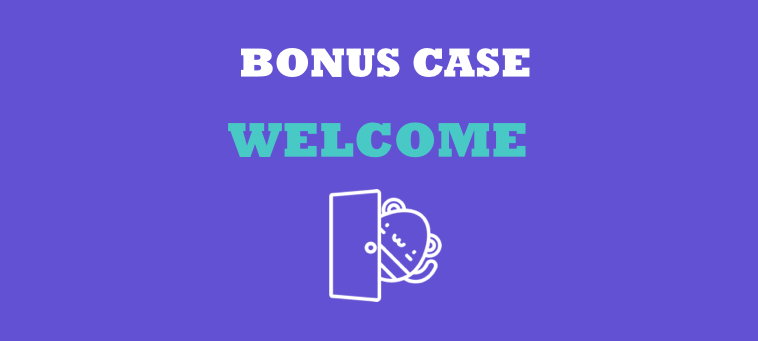
In addition to these five cases, one extra approach I want to highlight is the first impression: Welcome. What happens when people join your community for the first time? Is there somebody welcoming them, is there someone helping them get started and connecting with people who share similar interests?
What should you do?
- Make sure everyone gets a warm, personal welcome. You can do it each time someone joins or once a week for new people
- Ask people to introduce themselves to each other
- Connect people you know in your community who share common interests
- Let people know how to contribute and engage in the community
What do you get?
- People who feel good about being part of the community from the very first moment
- Higher return-rate
- More engaged members
If something above resonated with you, let's start a discussion about it! Email me at juhamattisantala at gmail dot com and share your thoughts. In 2025, I want to have more deeper discussions with people from around the world and I'd love if you'd be part of that.